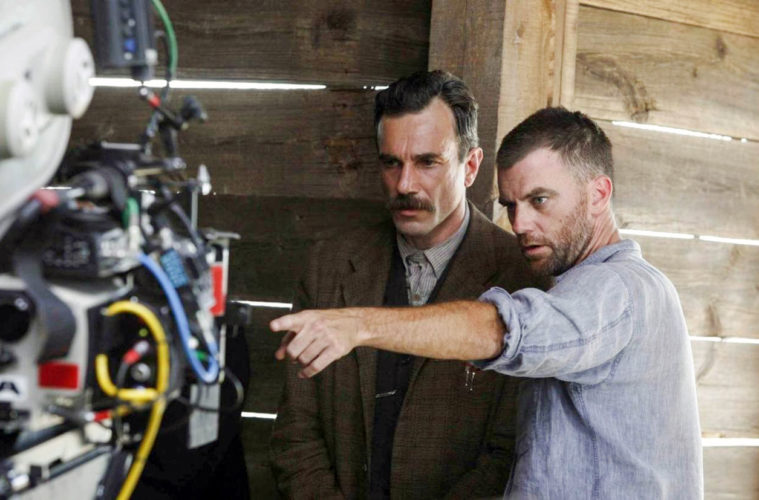
With his latest features both earning spots on our top films of the half-decade list, it’s safe to say we’re waiting with bated breath for news on what Paul Thomas Anderson will tackle next. While there are no hints yet, today we have a pair of video essays that look at different aspects of his previous features, both of which unfortunately leave out Inherent Vice. Nonetheless, a video on PTA’s use of close-ups from Ali Shirazi and one on his long shots by Jacob Swinney give us a glimpse at the times the director shows our characters adrift in their world before getting intimate.
As a bonus we’ve also included a recent 25-minute interview with Anderson (from Interview Magazine), which unfortunately isn’t of the greatest quality, but deserves a listen. The filmmaker discusses the “rises of confidence, about heroes too cool to give advice, and “bottomless pit” of father-son relationships.” Check it out below, following both videos, and a message from Swinney:
The characters in the films of Paul Thomas Anderson share many similarities. They come from dysfunctional families, they are desperately seeking acceptance, they let their emotions get the best of them, and the list goes on. But a similarity that seems to especially stand out is a sense of isolation. Anderson’s characters are adrift, looking for someone or something to connect with in their lonely worlds. This idea is expressed visually through the use of long/extreme long shots. We are often presented with characters lost within the frame, and therefore have trouble connecting with said characters–we become isolated ourselves. Here is a look at Anderson’s use of the long/extreme long shot throughout his first six feature films.
Update: See a video on his use of steadi-cam below.
What do you think of the video essays and interview?

